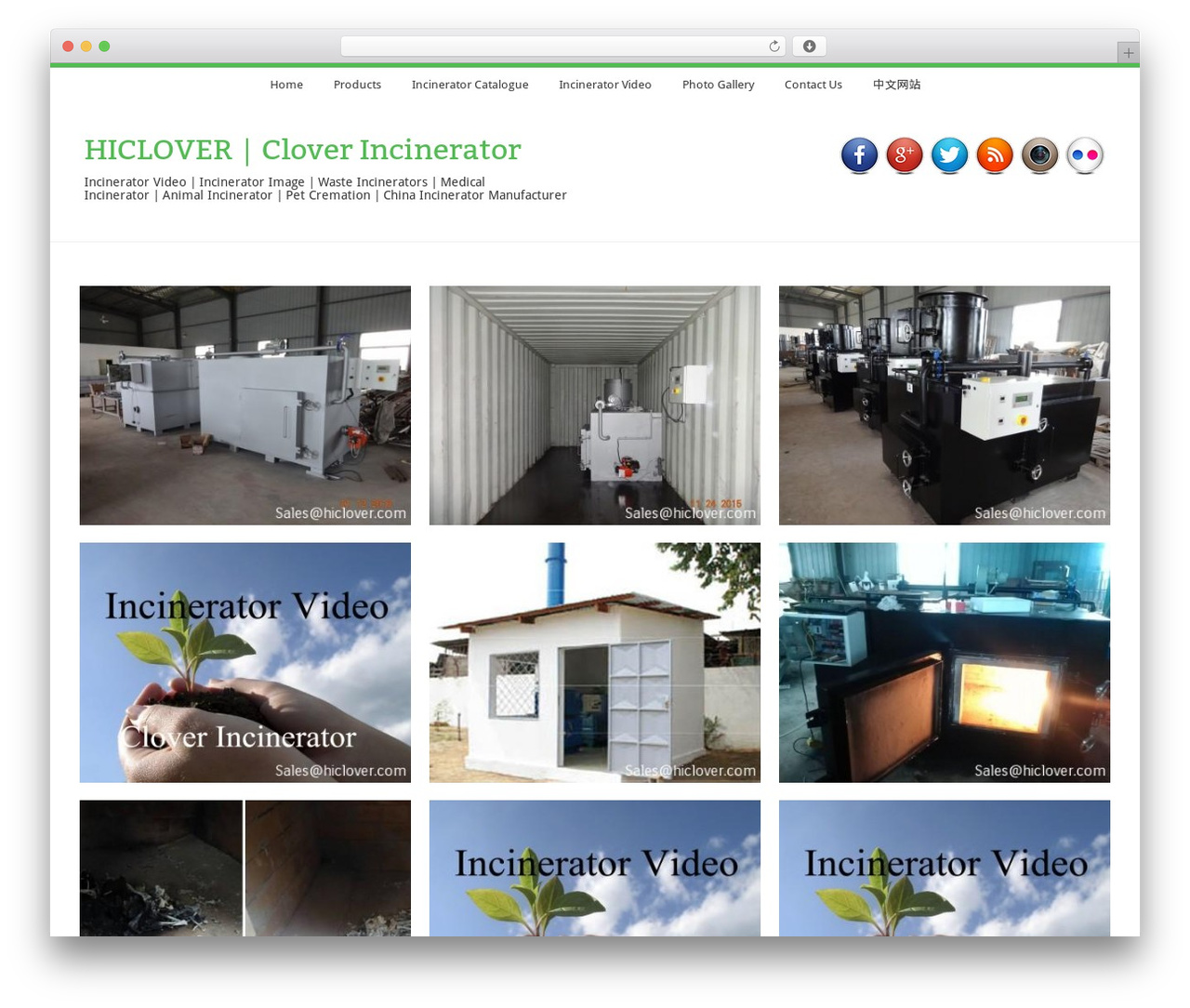Over the past few decades, there has been a growing emphasis on sustainable waste management practices, particularly in the wake of the global push towards environmental conservation and a reduction in greenhouse gas emissions. One of the increasingly popular methods of waste management is through waste-to-energy facilities, with incinerators playing a key role in the process.
Incineration as a method of waste management has been around for many years, but it is only in recent times that it has gained significant traction as a viable and effective solution for dealing with the ever-growing volumes of waste produced by modern society. Waste-to-energy facilities, including incinerators, play a crucial role in this process by converting waste into energy in the form of heat and electricity.
The process of waste-to-energy incineration involves burning waste at high temperatures in a controlled environment. This results in the release of heat, which can be used to generate steam and drive turbines to create electricity. The remaining ash from the incineration process can also be processed and used as construction material or as a component in road construction, further reducing the environmental impact of waste disposal.
The rise of waste-to-energy incinerators has been driven by a number of factors, including the increasing volume of waste produced by growing populations, the need to reduce reliance on landfills, and the desire to find alternative sources of renewable energy. In addition, concerns over air pollution and greenhouse gas emissions have led to the development of more advanced incineration technologies that minimize environmental impacts.
One of the key benefits of waste-to-energy incinerators is their ability to reduce the amount of waste sent to landfills, which can have a significant impact on the environment. Landfills are a major source of greenhouse gas emissions, particularly methane, and can lead to soil and water pollution if not managed properly. By diverting waste to incineration facilities, the volume of waste sent to landfills is reduced, which in turn reduces the environmental impact of waste disposal.
Another advantage of waste-to-energy incinerators is their ability to generate electricity and heat from waste, thus reducing the reliance on fossil fuels and contributing to the diversification of energy sources. This can help to mitigate the impact of climate change by reducing greenhouse gas emissions and providing a renewable and sustainable source of energy.
While waste-to-energy incineration has its benefits, it is not without its challenges. There are concerns over air emissions, including the release of pollutants such as dioxins and heavy metals, which can have adverse effects on human health and the environment. However, advancements in technology and strict regulations have greatly reduced these emissions, making waste-to-energy incineration a more environmentally friendly option compared to traditional incineration methods.
In conclusion, waste-to-energy facilities, including incinerators, are playing an increasingly important role in modern waste management practices. By converting waste into energy, these facilities are helping to reduce the volume of waste sent to landfills, minimize the environmental impact of waste disposal, and provide renewable sources of energy. With continued advancements in technology and a focus on environmental sustainability, waste-to-energy incinerators are likely to play an even greater role in the future of waste management.



